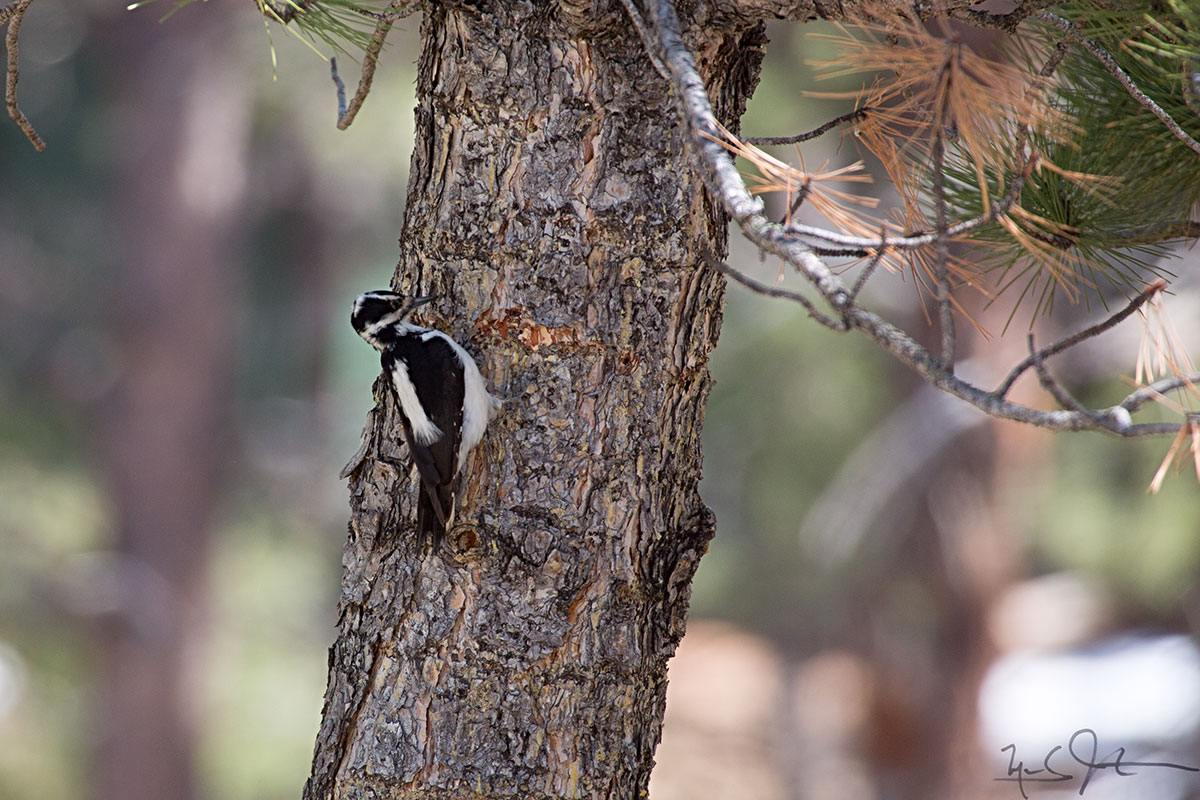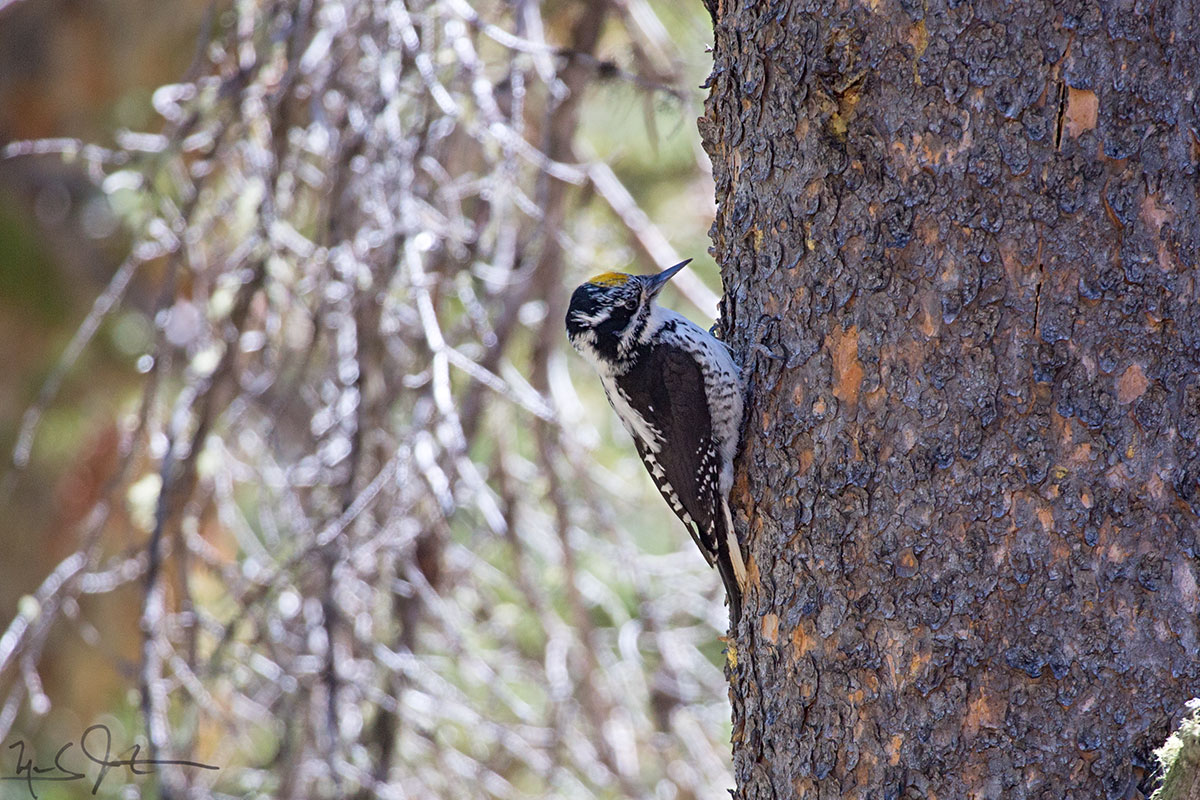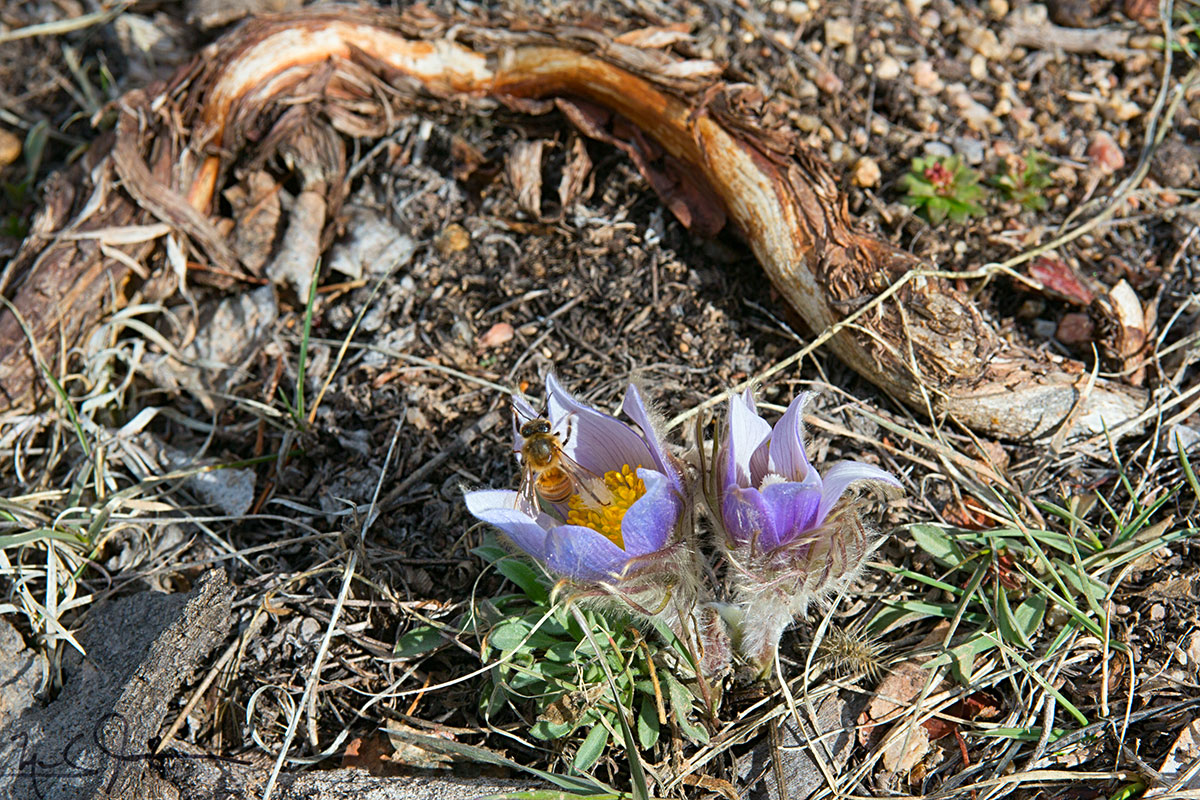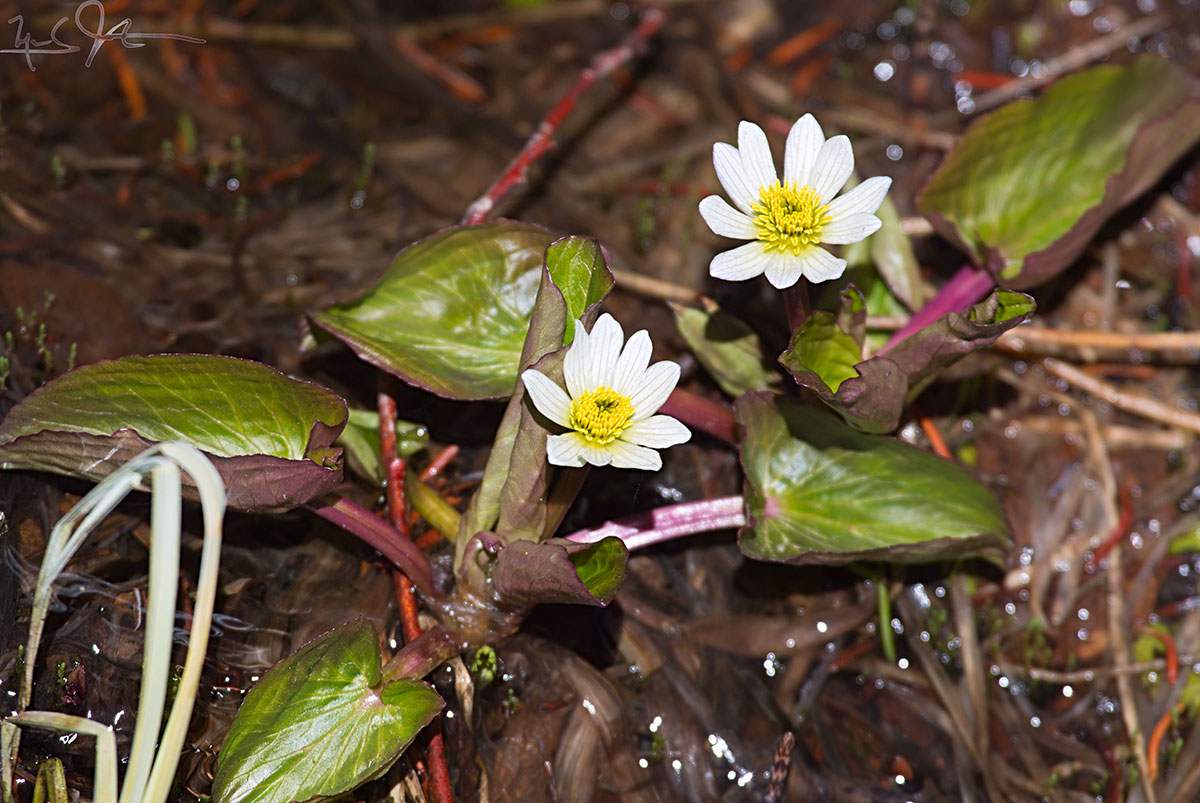Wild Turkey, Meleagris gallopavo
The turkey is native to the Americas, and is one of the largest birds in its range, including here in Colorado, where its size is only exceeded by a few of the largest raptors like vultures and eagles. They can run at 20 mph and fly at 55 mph. And they can swim! They have a varied diet that includes insects as well as plant materials like nuts, berries, and tender shoots.
In early Spring, male turkeys begin seeking out females. Once their audience is assembled, they gobble, strut, and drum to induce females to mate. Strutting involves pacing back and forth with their body feathers puffed out, tail feathers spread, and their wings spread towards the ground.
Females often indicate their readiness to mate by sitting on the ground.
Eggs are laid in clutches of six to fifteen, and incubated on nests on the ground for around four weeks. Turkeys lay their eggs one a day, with the females staying away from the nest in between depositing the eggs until they are all laid, after which they stay on the nest almost continuously until hatching.
Young turkeys, called "poults", can fly short distances within seven to ten days of hatching, and once they are strong enough flyers they roost in trees with the adults. If you have the chance to observe turkeys getting into their roosting locations, enjoy the pure comedy, as they are agile on the ground, but clumsy when maneuvering in flight.
It's common to see turkeys foraging in mixed groups of adults and younger birds. Young male turkeys stay with their mothers until the Fall, and young females stay until the following Spring.
Turkey trivia: Turkeys were introduced to New Zealand around the 1890s. The turkeys were half domesticated and half wild - they were allowed to roam free but were occasionally fed maize which kept them from wandering too far and avoided conflicts with neighbors who could not resist shooting the turkeys that strayed onto their property. “Shooting each others turkeys” is now part of New Zealand vernacular and now means simply "fighting with one’s neighbors."
![The fox family [Red Fox, Vulpes vulpes] was back, with five kits.](https://images.squarespace-cdn.com/content/v1/5005dbf284aebe9f4d09d4f5/1372794198048-VWWF3M6MIJM7LXJB7ZE6/1321-_P2A-6020.jpg)
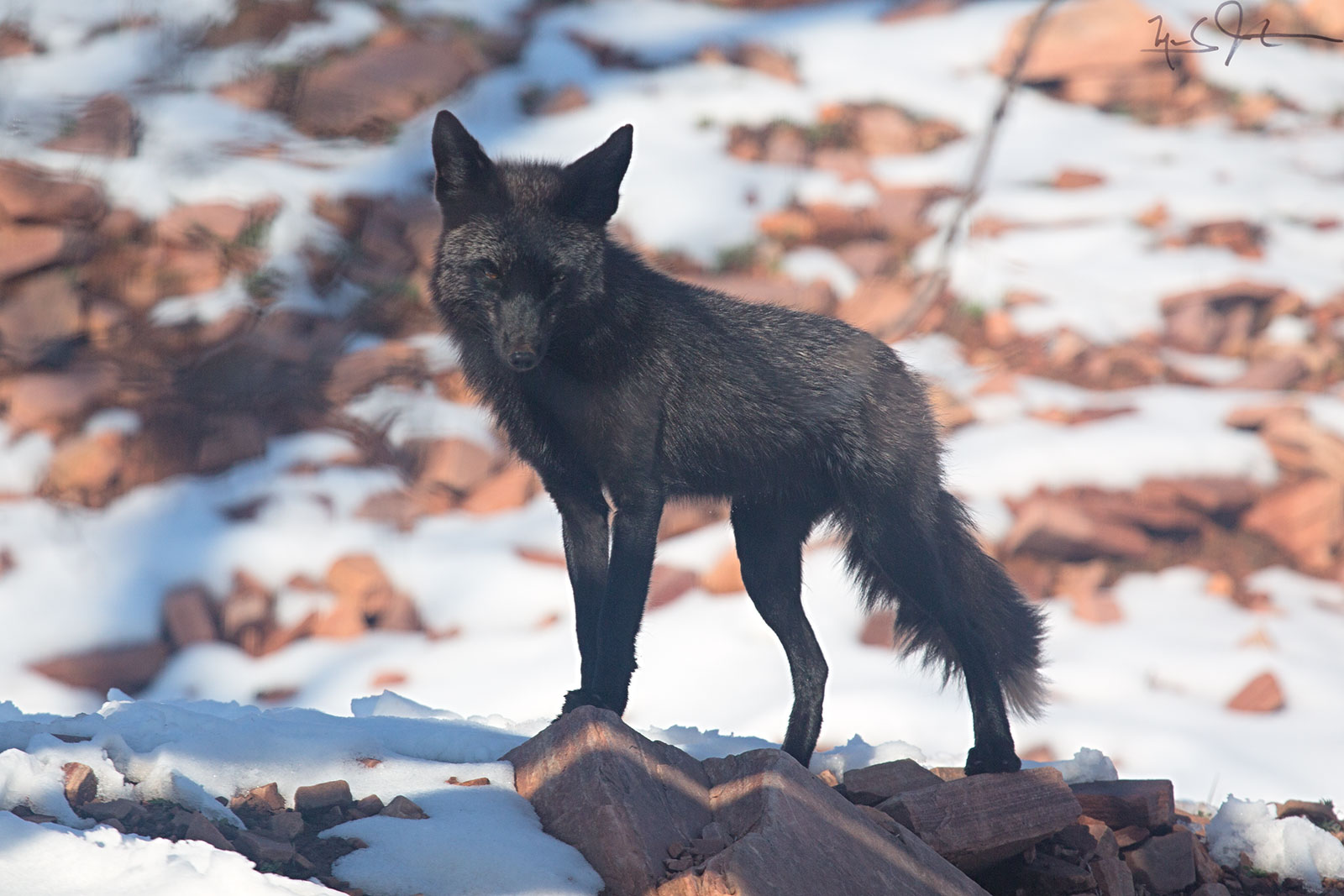

![Tassel-Eared Squirrel [Abert's Squirrel, Ciurus aberti]. The C. aberti ferreus subspecies that lives in the foothills of the Rocky Mountains is all black - all of the other subspecies have a white belly.](https://images.squarespace-cdn.com/content/v1/5005dbf284aebe9f4d09d4f5/1373915547277-9U4WDIR5PEXQQR0BL88I/1322-_P2A-6593.jpg)
![American red squirrel [Tamiasciurus hudsonicus].](https://images.squarespace-cdn.com/content/v1/5005dbf284aebe9f4d09d4f5/1373916130053-DKA84NRH4PVRMGBSD775/1322-_P2A-6669.jpg)

![Elk [Cervus canadensis] move through the neighborhood early in the summer before they head up to the higher elevations.](https://images.squarespace-cdn.com/content/v1/5005dbf284aebe9f4d09d4f5/1373916330878-JJFYN7OP8O193YY9N7GA/1323-_P2A-7556.jpg)


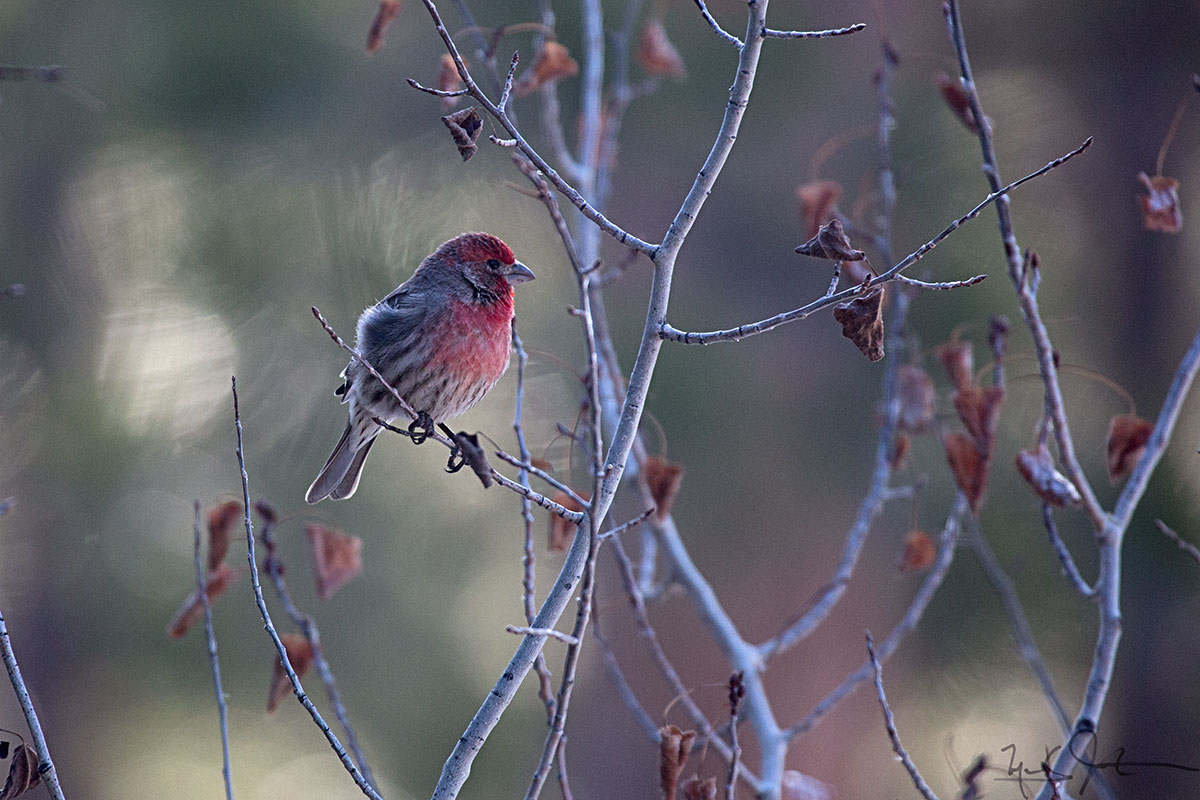
![Wild Turkey [Meleagris gallopavo]. This image was shot before dawn, and therefore the colors are very muted.](https://images.squarespace-cdn.com/content/v1/5005dbf284aebe9f4d09d4f5/1373998399670-OKL9RYHKUR36BO4W4LRA/1323-_P2A-7592.jpg)


